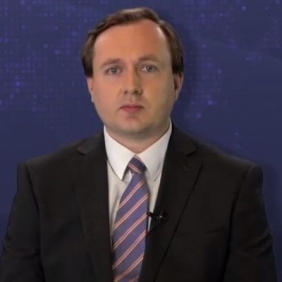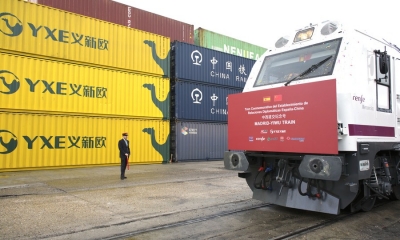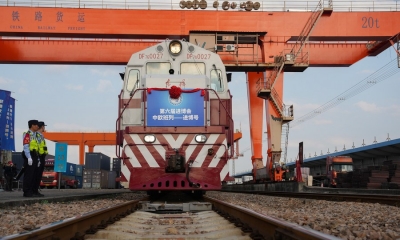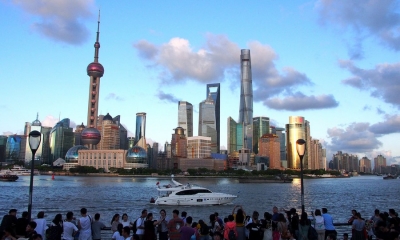China’s Growth Target Is a Sign of Strength
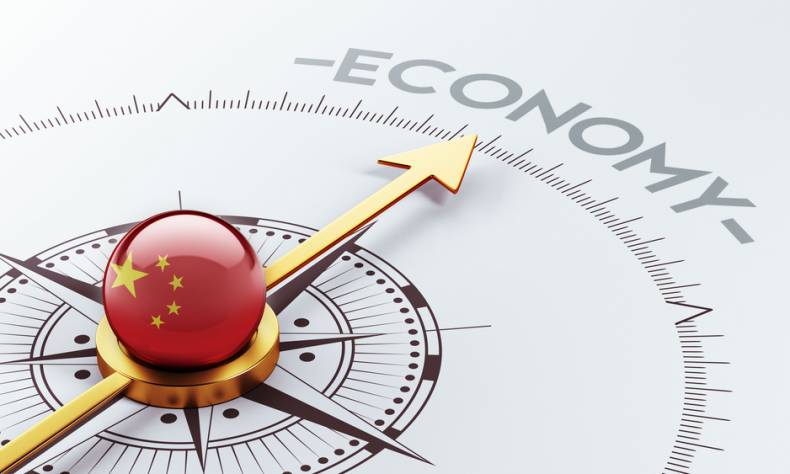
China’s development is a marathon, not a sprint. China’s economic planning aims to achieve growth in a reasoned, balanced, and realistic way.
China has set a GDP growth target of 5.5% for the year 2022. However, the Western mainstream media pounced and spun it as “China’s lowest growth target in decades.” This is typical of the adverse reporting directed at China’s growth prospects and, of course, ignores the immense challenges facing the global economy. It is understood such a target, in turn, paves the way for a reorientation of a looser national monetary policy regarding interest rates and stimulus, allowing greater rates of lending and investment in the economy.
Although such a target is lower than usual, this is not a sign of weakness or pessimism but realism, stability, and strength in China’s economic governance. Moreover, it shows that the country can keep growing faster than most of the world despite facing a challenging external environment. Considering such, China’s GDP goals are never set out of optimism or delusion, but careful planning and deliberation on what is achievable and what is not.
By the time 2022 came around, we had hoped our world would be back to normal. We were wrong. A world already battered by surging inflation from the COVID-19 pandemic as economies rebounded was then met head-on with the conflict in Ukraine. With hindsight, 2021 proved to be little more than a year of respite for the global economy than a return to normal. These new developments have spooked markets and investor confidence right around the world, leading to surging energy and commodity costs. Prices of agricultural products such as wheat, which Ukraine is a crucial exporter of, have also doubled. As this will exacerbate inflation challenges worldwide, the conflict will significantly damage economic growth in Europe.
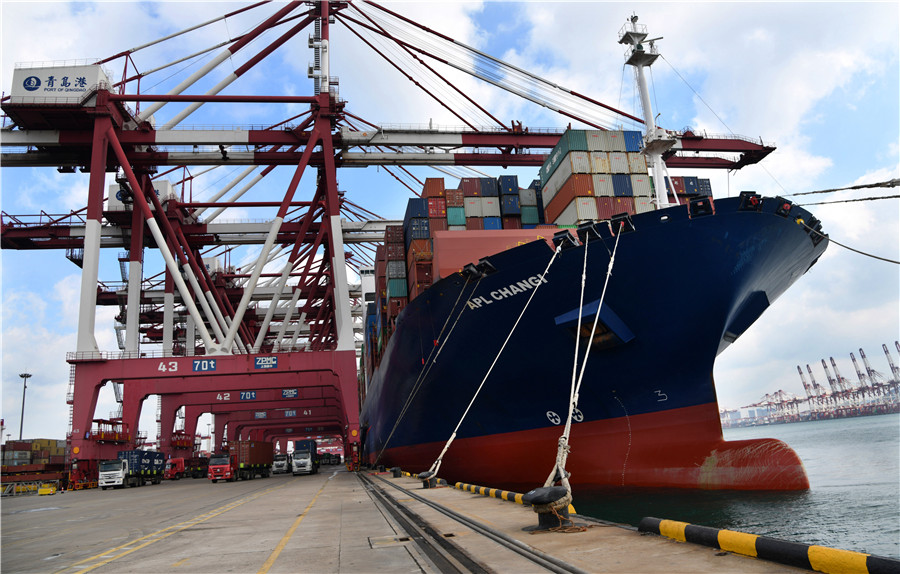
These circumstances all add new headwinds to China’s growth, which roared back at 8.1% in 2021. As a result, it was naturally anticipated that China’s GDP growth would be lower as it returned to its expected trajectory. However, this does not mean the country does not have the means to offset these new disruptions.
First of all, the situation has considerably strengthened the Chinese RMB as a haven currency which has seen it rise to its highest position against the USD since 2008 at 6.31. This will help ease the burden of growing commodity and energy costs and accelerate the pace of in-bound investment into China’s markets.
Secondly, as the West has unleashed stimulus at an aggressive pace to bounce back from the COVID-19 pandemic, China has refrained from doing so for the past two years. It, therefore, has “kept its powder dry” by keeping its most critical monetary tools available in the event of a more profound crisis. As the United States went overboard by investing in trillions, China has guaranteed economic stability by refraining from doing so, which gives it more leverage in keeping growth flowing. The state will oversee challenges by investing in more outstanding infrastructure throughout the country and, most importantly, looking for means to boost consumption owing to the challenges posed by the coronavirus.
As a result, the media may spin 5.5% as a “low target,” but this is a worthy goal that will be a mighty achievement if met.
China is aiming for strong but sustainable growth. It would be theoretically possible for the country to inject trillions into the economy as the U.S. did to force through much higher numbers. Still, it would come at the cost of surging domestic inflation, surging debt bubbles for the real estate market, and of course, as the West faces right now, a forced tightening of monetary policy during a time of economic slowdown.
China’s development is a marathon, not a sprint. China’s economic planning aims to achieve growth in a reasoned, balanced, and realistic way. Therefore, setting a target of 5.5% may seem modest, but given all the circumstances, it is not, and it thus only goes to show the merits of China’s system at play.
 Facebook
Facebook
 Twitter
Twitter
 Linkedin
Linkedin
 Google +
Google +



